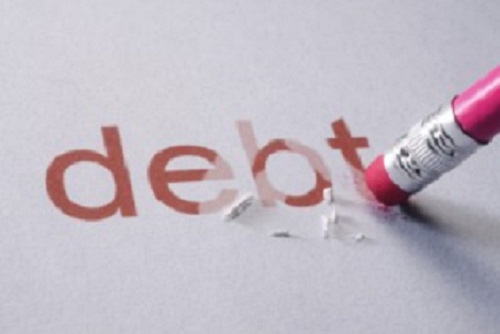
Debt relief programs were designed by both the loan servicers and the federal government to insure that students didn’t remain in debt for too long after graduation, and to help those who are struggling to make payments, make arrangements so that the payments are more affordable. The bottom line is that the federal government doesn’t have a vested interest in you not paying back your loans, so they have gone to great lengths to make repayment possible. To that end, there are many debt relief programs out there to take advantage of, and the beauty of it all is that they are free.
If you have a federally backed loan, such as FAFSA, Stafford Loans (subsidized or unsubsidized), as well as others offered by the US government for educational purposes, then there is an entire section on their website about the different ways that they will work with you to make the payments possible and easy on the wallet. To explore further, you can go to: studentaid.ed.gov
Basically put, you will need to assess the following criteria:
· Are you currently employed?
· How much debt do you currently have?
· What type of degree did you graduate with (if you graduated)?
All of these questions and their answers will determine which debt relief programs you would qualify for. For example, if you have a degree in the medical or educational fields, then you may be able to have your entire student debt forgiven. That means you are done with it all. It just goes away. For more information on that, or to fill out an application, go to the official website here: studentaid.ed.gov
The bottom line is not to delay. If you are struggling to repay your loan, or are in danger of going into default, there are still things that can be done to remedy the situation. The first step, of course, is to get started.